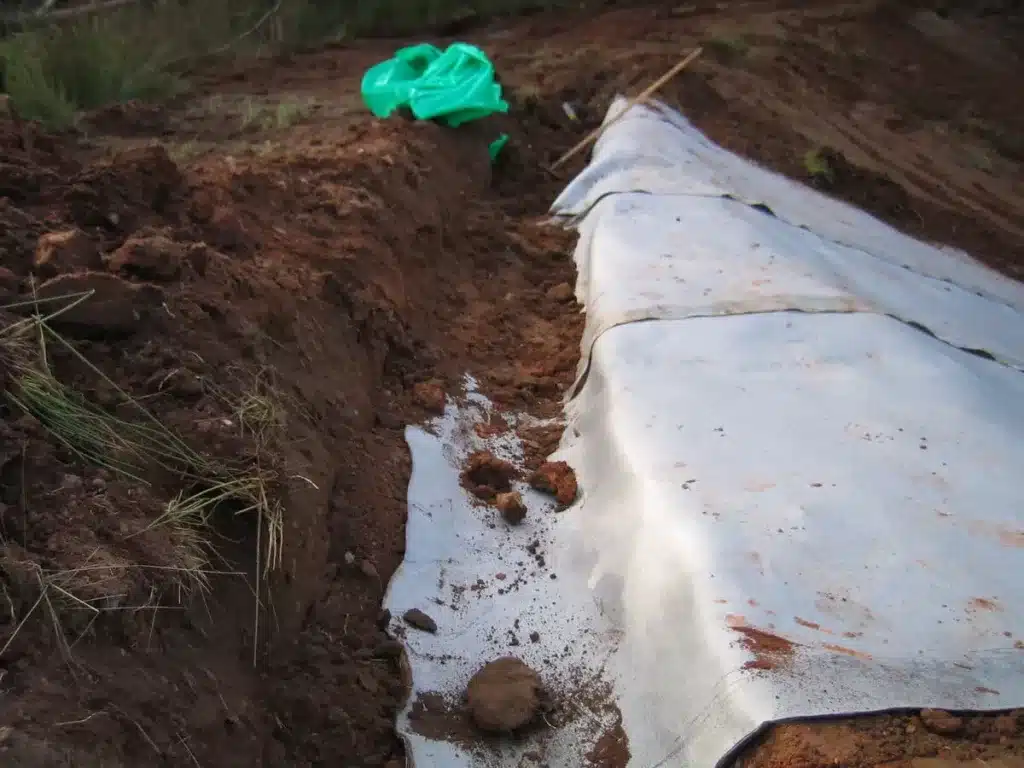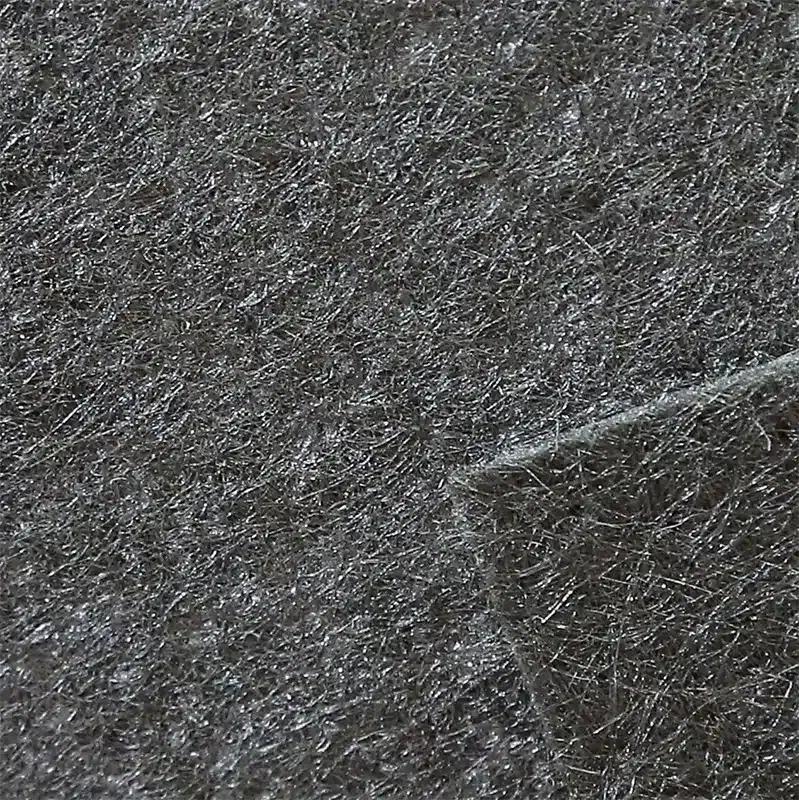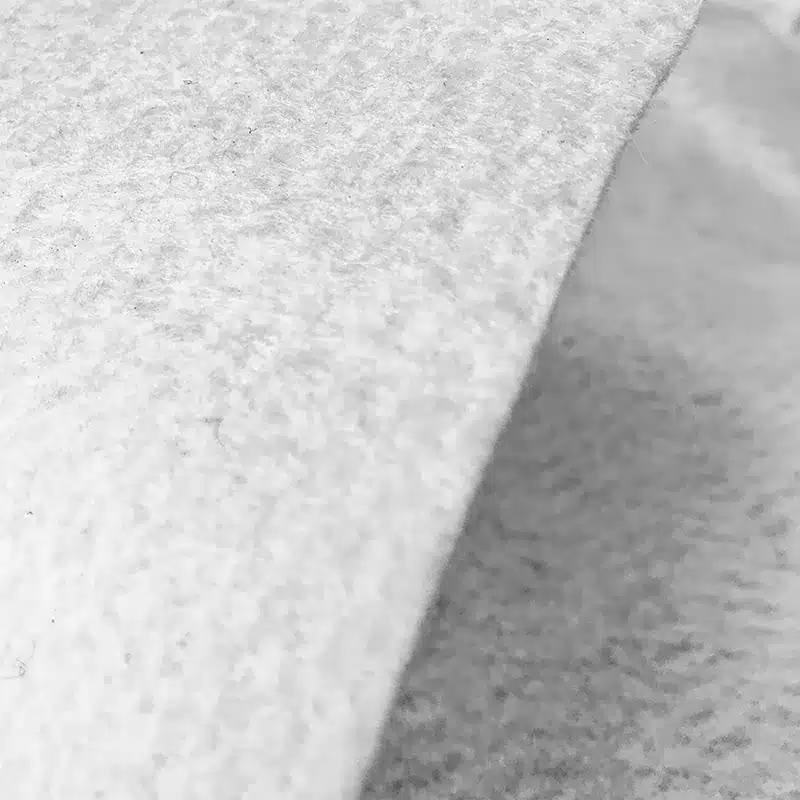+86-159 9860 6917
info@geofantex.com
geofantex@gmail.com
+86-400-8266163-44899
In the realm of gardening and landscaping, the term “weed barrier” frequently comes up. Weed barriers are essential for maintaining clean and weed-free areas in gardens, pathways, and other outdoor spaces. One of the most effective materials for this purpose is geotextile. But what exactly is geotextile, and how does it function as a weed barrier? This article will explore the concept of geotextiles, their applications, and their effectiveness in preventing weed growth.
Is Geotextile a Weed Barrier?
Yes, geotextile can function as a weed barrier. The geotextile landscape is the ideal ground cover solution for weed control. Geotextiles are permeable fabrics used in construction and landscaping to separate, filter, reinforce, protect, or drain soil. When used in gardening, geotextiles act as a physical barrier that prevents weeds from penetrating the soil surface while allowing water and nutrients to pass through. This makes them highly effective in controlling weed growth without harming the plants you want to cultivate.

What is the Purpose of a Weed Barrier?
The primary purpose of a weed barrier is to prevent weeds from growing and competing with desired plants for water, nutrients, and sunlight. Weed barriers achieve this by blocking light, which is essential for weed germination and growth. They help block weed seeds from getting the light they need to germinate and grow through the soil. By using weed barriers, gardeners can reduce the need for chemical herbicides, minimize soil disturbance, and maintain cleaner, more attractive garden beds and landscapes. Additionally, weed barriers can help retain soil moisture and reduce erosion.
Will Non-Woven Geotextile Stop Weeds?
Non-woven geotextile is particularly effective at stopping weeds. Non-woven geotextiles are made from synthetic fibers that are bonded together mechanically, chemically, or thermally. Non-woven geotextiles suppress weeds by inhibiting light on their own or in conjunction with gravel/chippings. They are thicker and more robust compared to woven geotextiles, providing a strong barrier against weed growth. The dense structure of non-woven geotextiles makes it difficult for weeds to penetrate, while still allowing water and air to reach the soil. This makes them an excellent choice for long-term weed control in both residential and commercial landscaping projects.
What is the Difference Between Geotextile and Landscape Fabric?
Geotextile and landscape fabric are often used interchangeably, but there are some differences between the two. Landscape fabric is primarily utilized as a physical barrier, whereas drain field fabric is used as a filter. Geotextiles are a broader category of permeable fabrics used in civil engineering, construction, and landscaping for various purposes such as separation, filtration, and reinforcement. They are available in both woven and non-woven forms and are typically more durable and long-lasting.
Landscape fabric, on the other hand, is a type of geotextile specifically designed for gardening and landscaping. It is usually a non-woven material that is lighter and easier to handle than industrial-grade geotextiles. Landscape fabric is primarily used for weed control and soil stabilization in garden beds, pathways, and other landscaped areas. While both geotextile and landscape fabric can be used as weed barriers, geotextiles are generally more versatile and durable.
Geotextiles, particularly non-woven varieties, are highly effective weed barriers that offer a range of benefits for gardeners and landscapers. They prevent weed growth by blocking light and creating a physical barrier while allowing water and nutrients to reach the soil. Understanding the differences between geotextiles and landscape fabric can help you choose the right material for your specific needs. By using geotextile as a weed barrier, you can maintain cleaner, healthier, and more attractive outdoor spaces with minimal effort and environmental impact.



Get Free Sample
We’ll respond as soon as possible(within 12 hours)






















